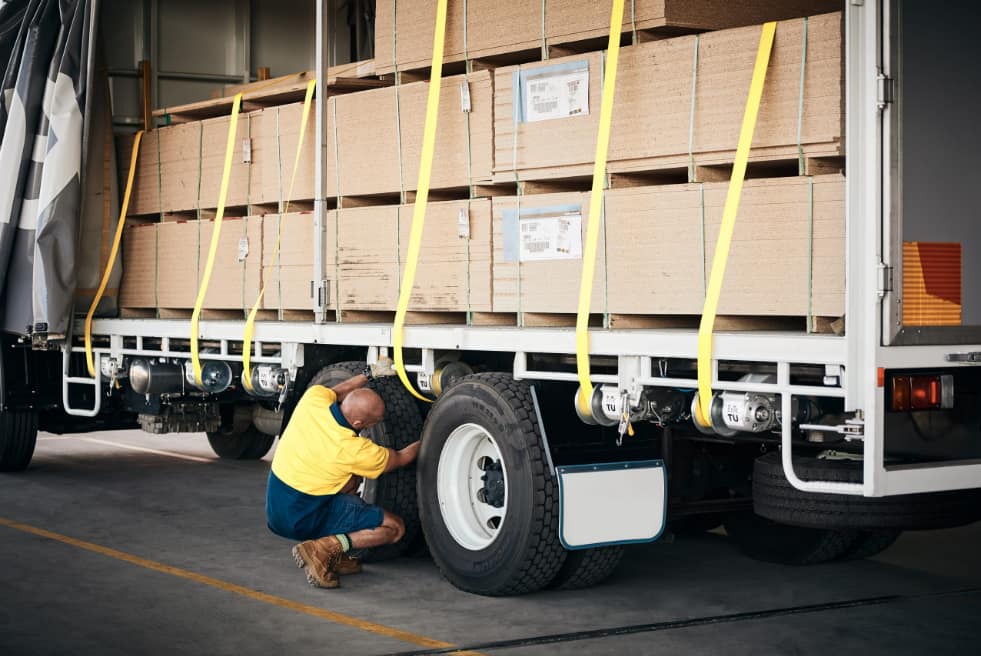In industrial shipping and transfers, cargo load restraint is a valuable tool that makes the job easier, safer, and faster. It helps to ensure that the goods reach their destination safely, without damage or loss. The use of cargo load restraint is a key part of safe shipping, and it can help to prevent accidents.
Despite its importance, there are still several misconceptions surrounding the use of cargo load restraint. These myths are often used as reasons not to use cargo restraints properly. Here are some of the most common myths about cargo load restraint and why they aren’t true.
Myth 1) Only Heavy Goods Need to be Restrained
In reality, even light goods can cause serious harm if they shift or fall during transit. For example, glassware can cause significant damage if it shifts or falls, even though it may not weigh much. Therefore, all goods, regardless of weight, should be properly secured during transportation.
Myth 2) Restraining Devices are Only Needed When Travelling at High Speeds
In fact, the majority of accidents involving shifting cargo occur during slow speeds and sharp turns. The forces acting on cargo during slow speeds and sharp turns are greater than those encountered at high speeds.
Myth 3) Any Restraining Device will Do
Different goods require different types of cargo strapping to ensure their safe load transportation. For example, heavy goods may require the use of cargo bars or load locks. Meanwhile lighter goods may only require the use of tie-down straps. Therefore, it is important to choose the right type of restraint for the goods being transported.

Myth 4) Restraining Devices are Not Needed for Short Distances
Accidents involving shifting cargo can occur just as easily on short trips as they can on long trips. It is important to secure goods properly, regardless of the distance of travel.
Myth 5) Restraining Devices Are Not Needed for Vehicles with Air Suspension
Air suspension can help to reduce the impact of bumps and potholes, but it does not prevent goods from shifting. Therefore, it is important to secure goods properly, regardless of the type of suspension used in the vehicle.
Conclusion
There are many myths surrounding the use of cargo load restraint. It is important to understand the facts to ensure that goods are transported safely and securely.


